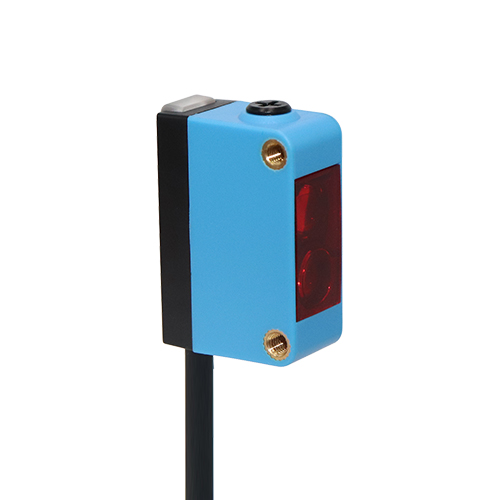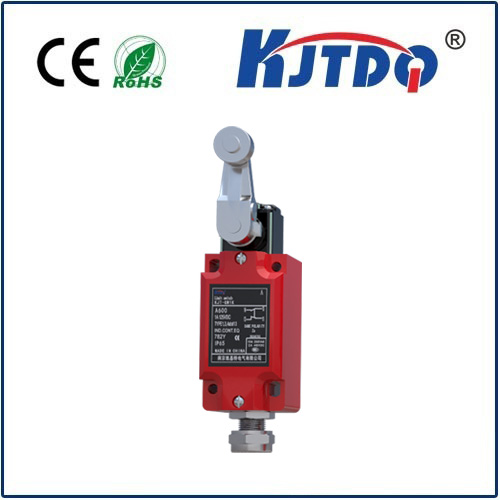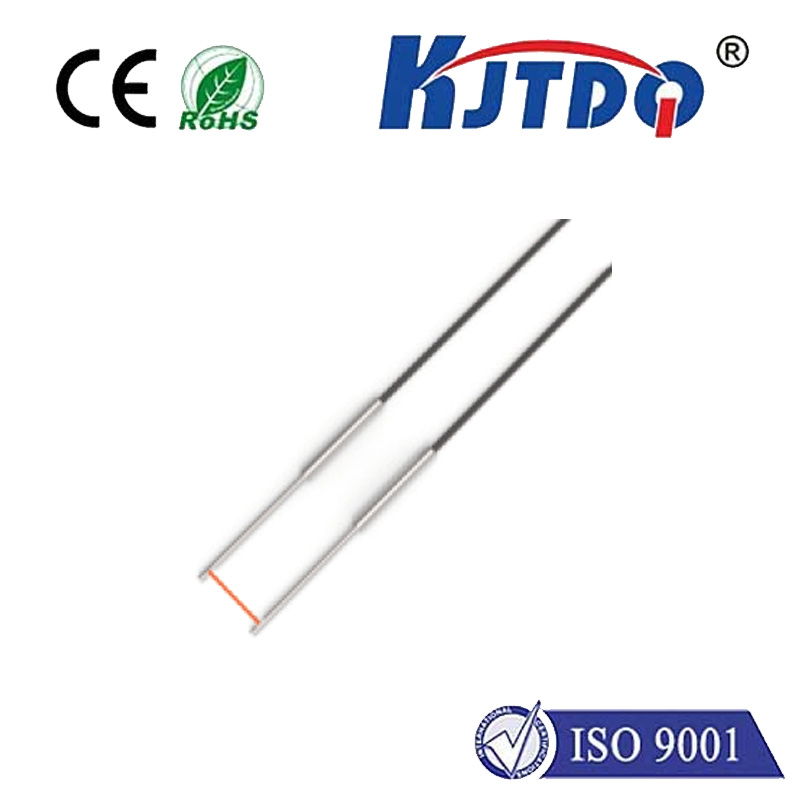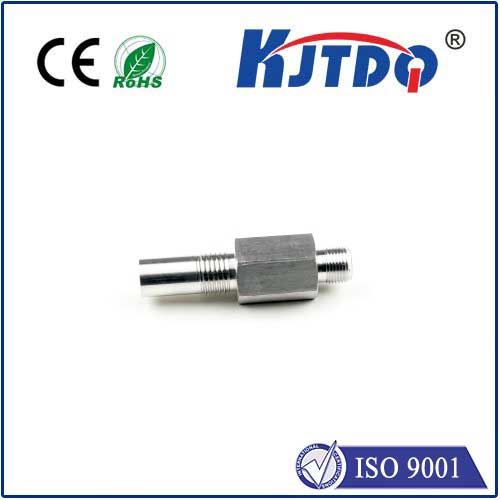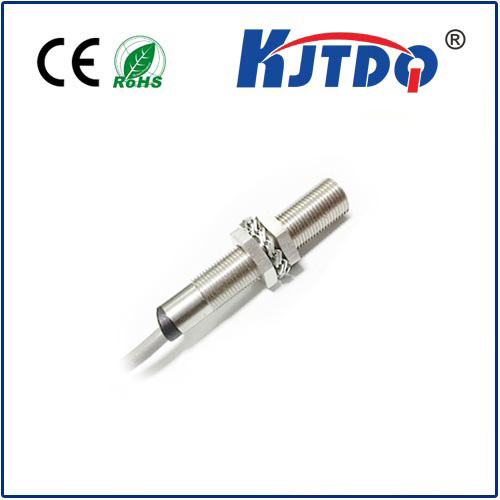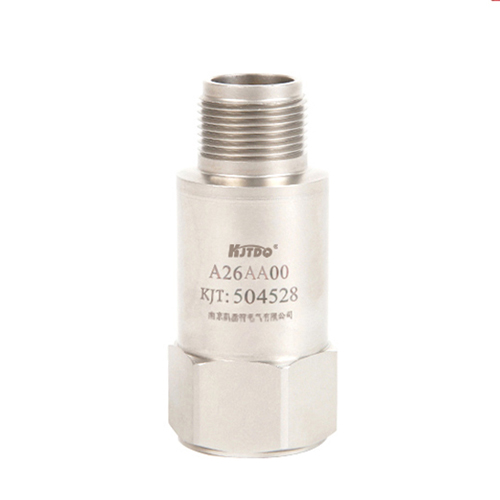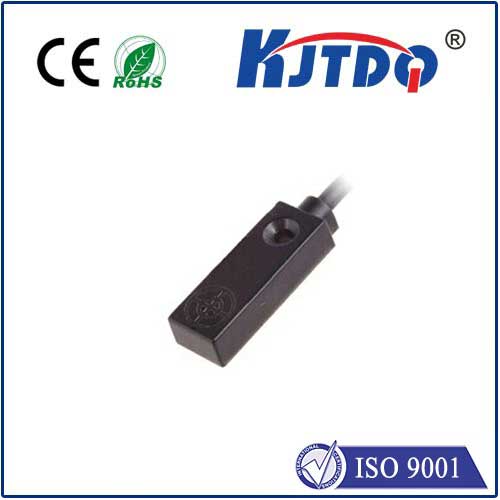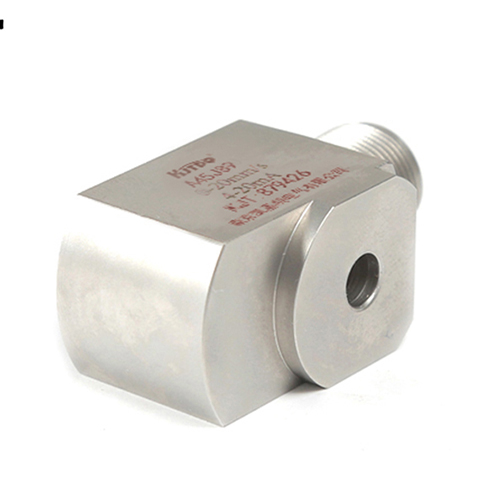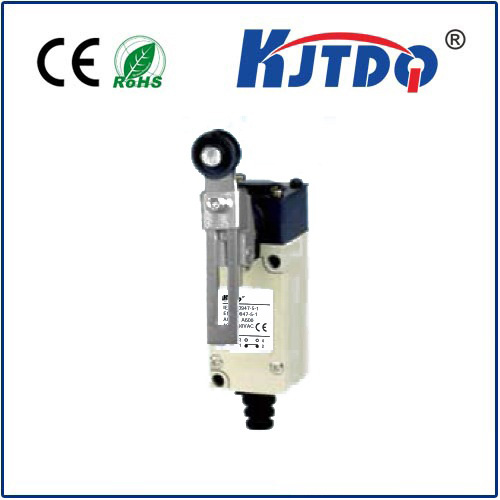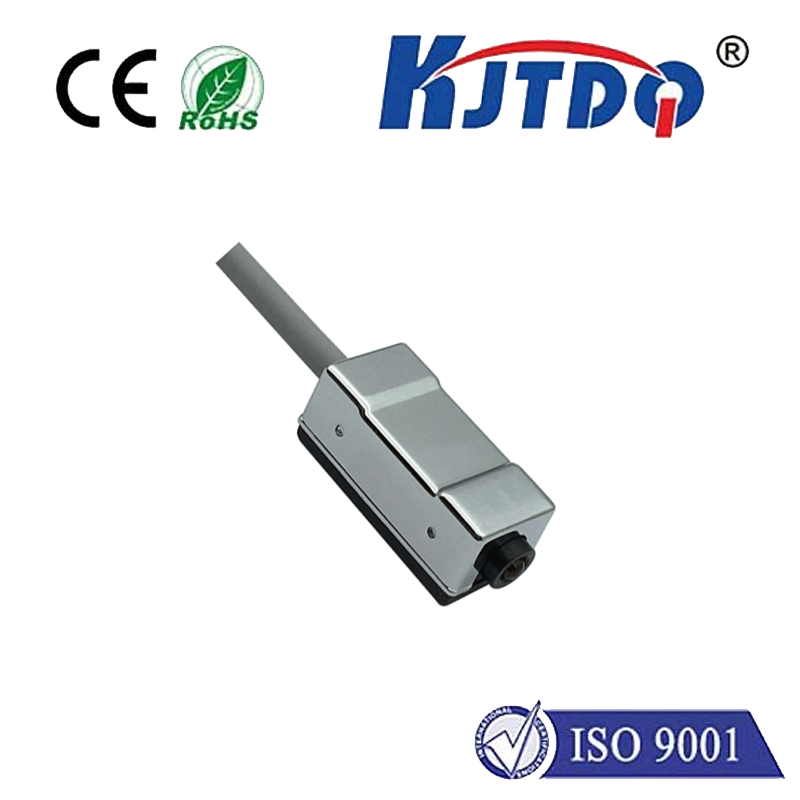

check

check

check

check

check

check

check

check

check

check
Proximity transducers are devices that measure the distance between two objects or surfaces. Their ability to detect physical proximity has made them a popular tool in various industries, including manufacturing, healthcare, and transportation. This article will delve into the workings of proximity transducers, their applications, and the benefits they offer.
Part 1: The Workings of Proximity Transducers
Proximity transducers work based on the principle of magnetic induction. They consist of a coil of wire that generates an alternating current (AC) when it is passed through a magnetic field. When the coil is brought into contact with another conductive material, such as metal, it creates a magnetic field. This magnetic field interacts with the surrounding magnetic fields and causes the AC current to fluctuate. By measuring the voltage induced in the coil due to this interaction, the proximity transducer can determine the distance between the two objects.
Part 2: Applications of Proximity Transducers
One of the primary applications of proximity transducers is in the manufacturing industry. They can be used to monitor the movement of machines and ensure they remain within specified parameters. This helps prevent costly downtime and ensures optimal performance. Proximity sensors can also be used in robotics to allow robots to sense their environment and navigate accordingly.
In healthcare, proximity transducers are used to measure body temperature and other vital signs without making direct contact with the patient. This not only reduces the risk of infection but also provides accurate data for medical professionals. Proximity sensors can also be found in wearable health devices, allowing individuals to track their fitness levels and monitor their progress over time.
In transportation, proximity sensors are used in self-driving cars to detect objects and vehicles in the vehicle's path. This allows them to make informed decisions about steering, braking, and acceleration, ultimately improving safety on the road. Other applications include monitoring traffic flow and detecting potential hazards before they become problems.
Part 3: Benefits of Proximity Transducers
There are several benefits to using proximity transducers in various industries. First and foremost, they provide accurate and reliable measurements without requiring direct contact with the object being monitored. This eliminates the risk of contamination and improves overall hygiene standards. Additionally, proximity sensors can be used remotely, allowing for greater flexibility in deployment and reducing costs associated with installation and maintenance.
Proximity sensors also have a long battery life, which makes them ideal for use in harsh environments where frequent recharging is not feasible. Finally, these devices are highly versatile and can be customized to meet specific application requirements, making them a valuable asset for any organization looking to improve operational efficiency and safety.
